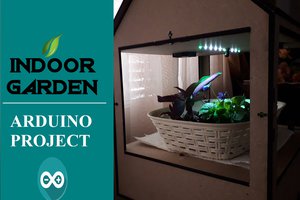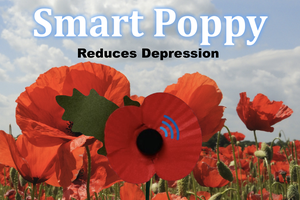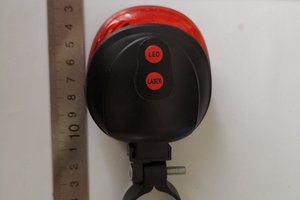Easy Planter
This project was inspired by a position i was trying to get in monitoring plants, and thought it would be enough to impress the employer to hire me :)
I have never been a particularly good gardener, mainly because of forgetting to water the plants, and not knowing if they were getting enough light. I hoped this project might help me take care of the plants better.
The Easy Planter is able to monitor soil moisture so that i know when to water them, light: to find out if they are getting enough light, temperature: make sure they are not getting too cold, and i included pressure and humidity to get some extra information about the environment the plants are growing in.
Moisture Sensor
The moisture sensor is currently made from the PCB copper pads, and works by measuring the resistance between 2 pads (prongs at the bottom of the board), as the soil becomes more moist the conductivity of the soil changes, which results in a change in resistance. A known issue with moisture sensors is their short lifespan. One possible way to reduce this problem is to have the PCB pads coated in a Gold Finishing (Electroless Nickel Immersion Gold) which PCB houses are usually happy to do. Another possible solution i am looking into is using titanium wire for the sensing probes, as pure titanium is resistant to corrosion.
Support
If you like the project, and fancy supporting, perhaps you wouldn't mind supporting me on Patreon? Every little bit helps me release more great projects, which helps fuel the amazing open source community. Even $1 makes a difference :)
 James Cannan
James Cannan








 DIY GUY Chris
DIY GUY Chris

 Ulrich
Ulrich
 sako0938
sako0938
Are the design files available? Is there a git repo for this project?
thanks!